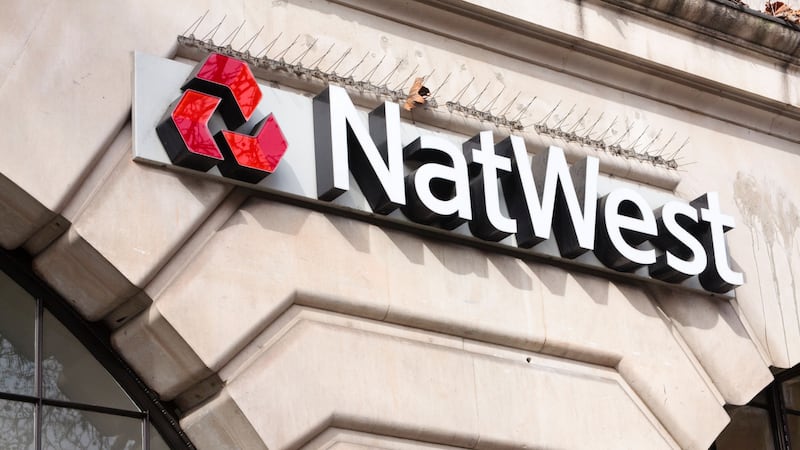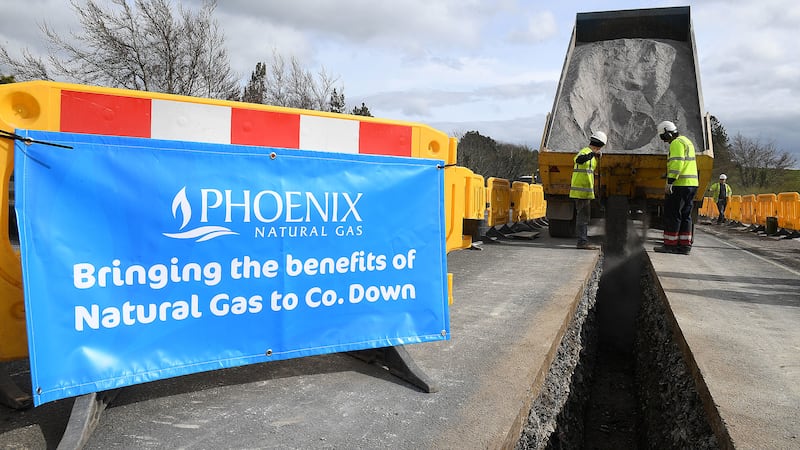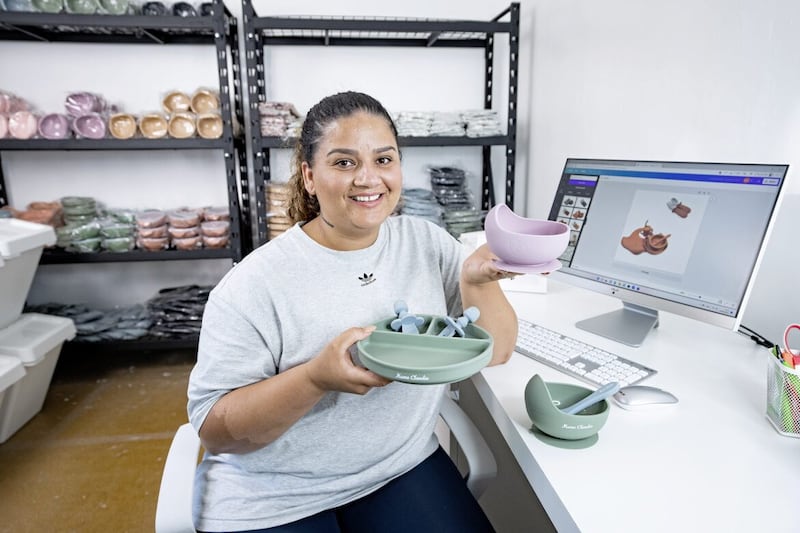As we start the year and get back to business, many small business owners will be planning goals for 2024. Regardless of the ambition, it is unlikely much of the vision can be delivered without access to some form of external finance.
Cash flow is all well and good, but it often isn’t enough to cover the investment businesses need to develop and grow. Launching a new product or entering a new market or buying a new piece of equipment all need cash. Traditional finance sources can now be a difficult one to secure especially if there are no commercial assets to act as security against any lending. So with that in mind, where can you look to support what you need to do in 2024?
It goes without saying that any business should maximise all the relevant tax reliefs possible. The Chancellor, in his autumn statement, continued to support the application of innovation in small business, providing reasonably substantial tax relief for R&D which promises to be simplified. There are also tax reliefs for the purchase of capital equipment, which, over time can almost cover the initial outlay.
Then there is the option to apply for funding initiatives where there can often be as much as 45% or higher in financial support for eligible businesses and activities. The level and type of support is usually dictated by the type of industry in which the business operates, the number of years established, and what it is that the business needs to do. For this funding there are a number of key players in the arena including InvestNI, InterTrade Ireland for cross border growth, and of course the local councils. A comprehensive list of the majority of the initiatives and key organisations can be found at www.nibusinessinfo.co.uk and on local council websites.
Then there is the possibility of raising capital through attracting equity investment. This is often a difficult and competitive process here as local businesses are so micro. For this reason any small business needs to be as attractive as it can be for potential investors if it is to compete and put its best foot forward.

As a small business owner, how can you do that? The most important step is to make sure the business is registered with HMRC to ensure tax reliefs are available to your investors. The government currently offer three schemes designed to help small businesses grow through attracting investment. Importantly, they offer tax relief to the individuals who buy and hold new shares in the business.
The Seed Enterprise Investment Scheme is for start-ups, as the business needs to be less than two years old, while the Enterprise Investment Scheme is for more established companies. The intricacies of all the schemes are user friendly and can be found at www.gov.uk/guidance/venture-capital-schemes-raise-money-by-offering-tax-reliefs-to-investors.
Most businesses need some form of external finance at some stage in the life cycle. It isn’t a one shoe fits all, so in 2024 just ensure whatever option or combinations are used is the best for what the business needs to achieve.
:: Michelle Lestas is a turnaround small business specialist, keynote speaker, published author of “In Business with Yourself” and Ireland chair of the Association of Business Mentors








